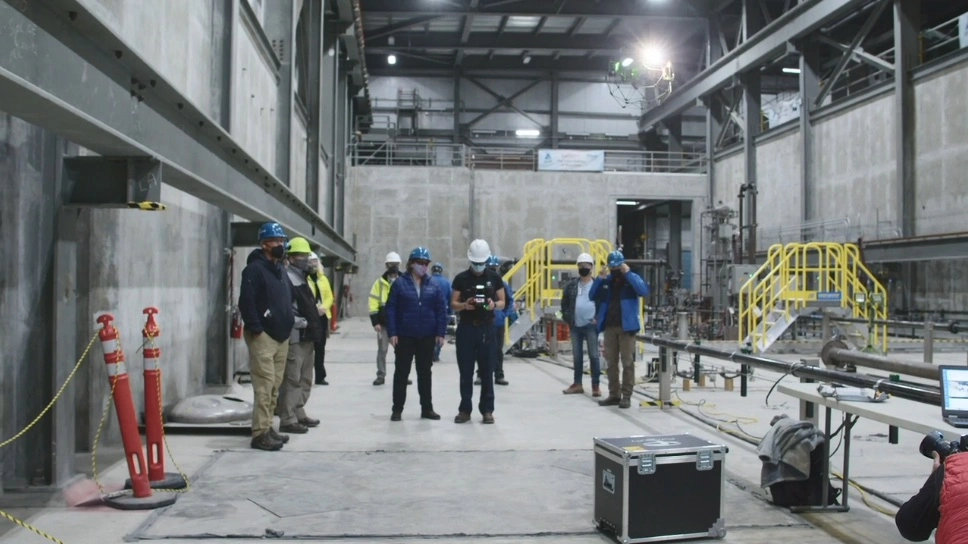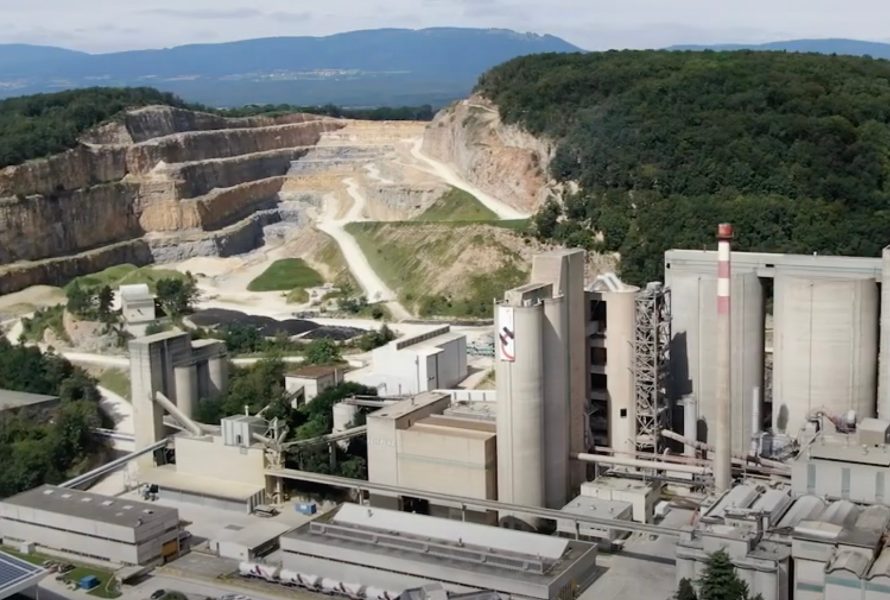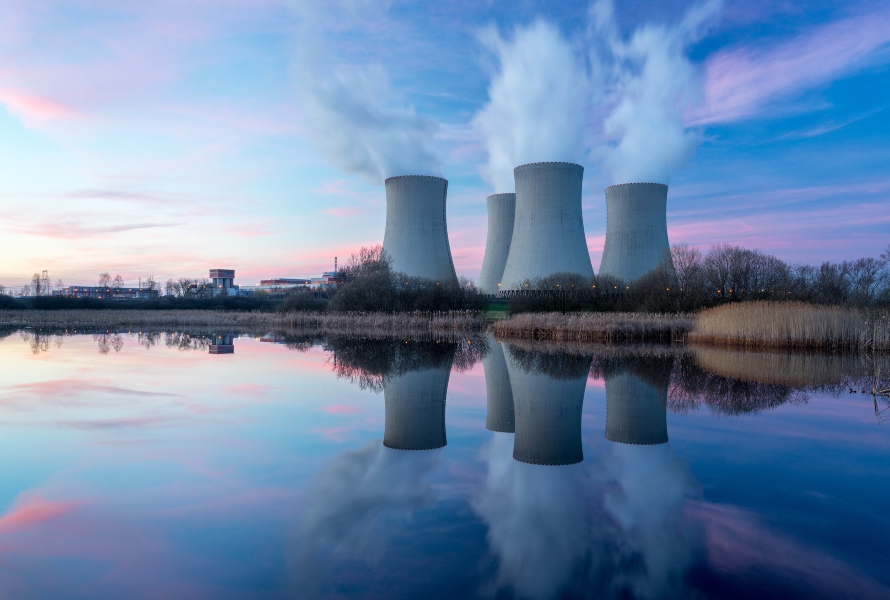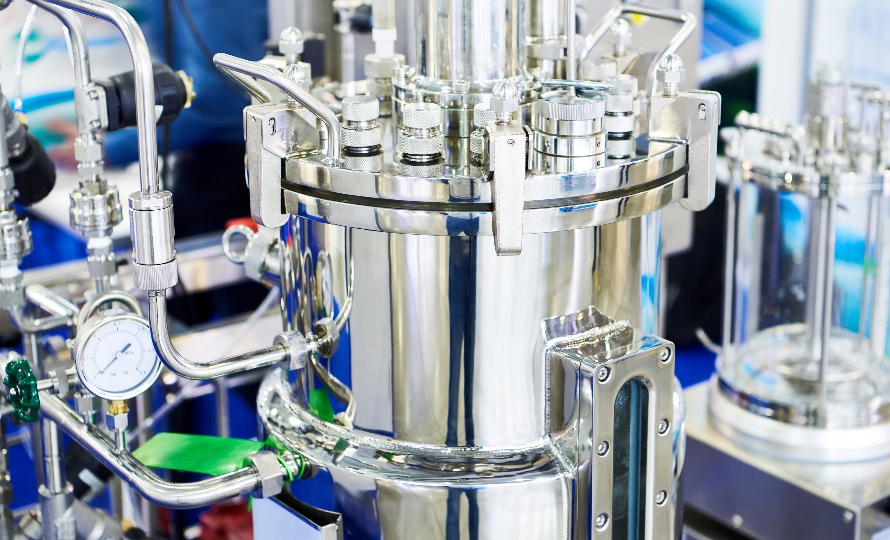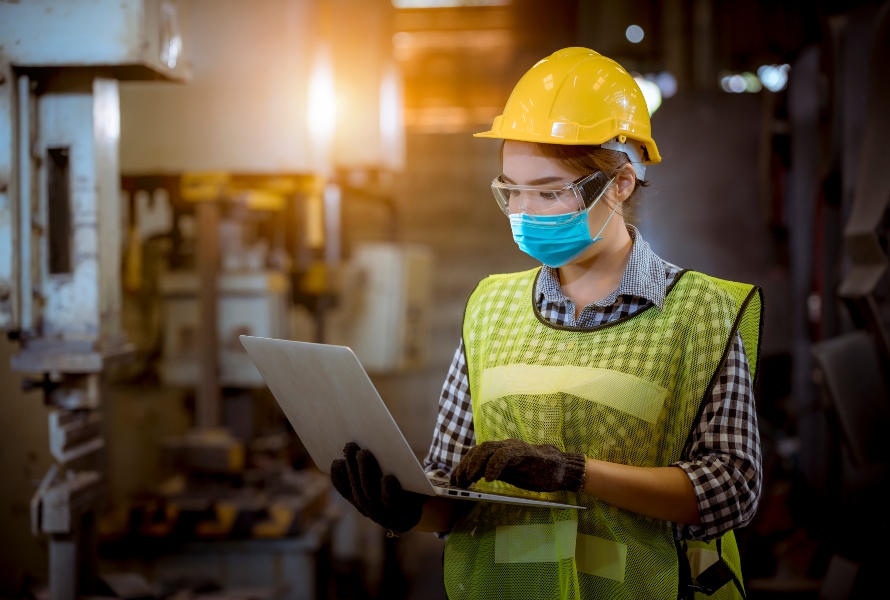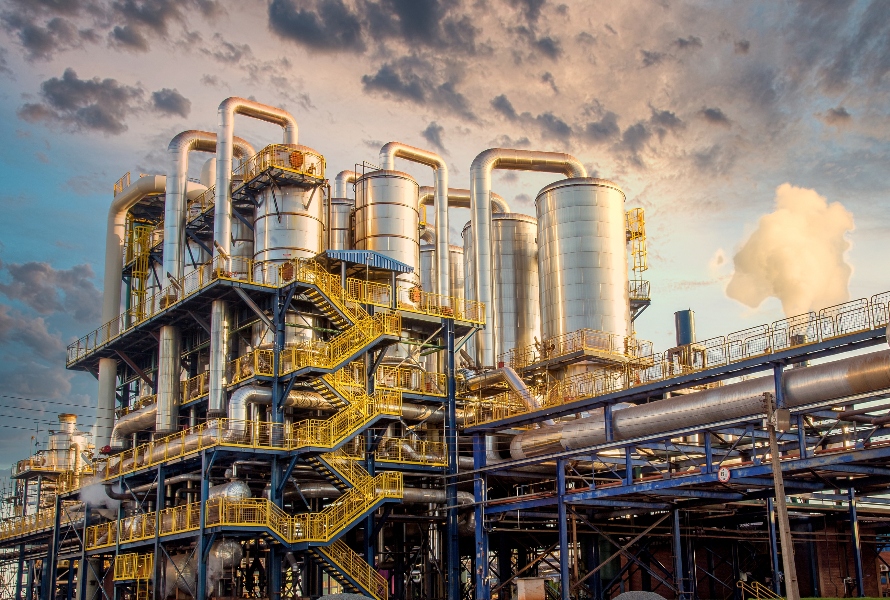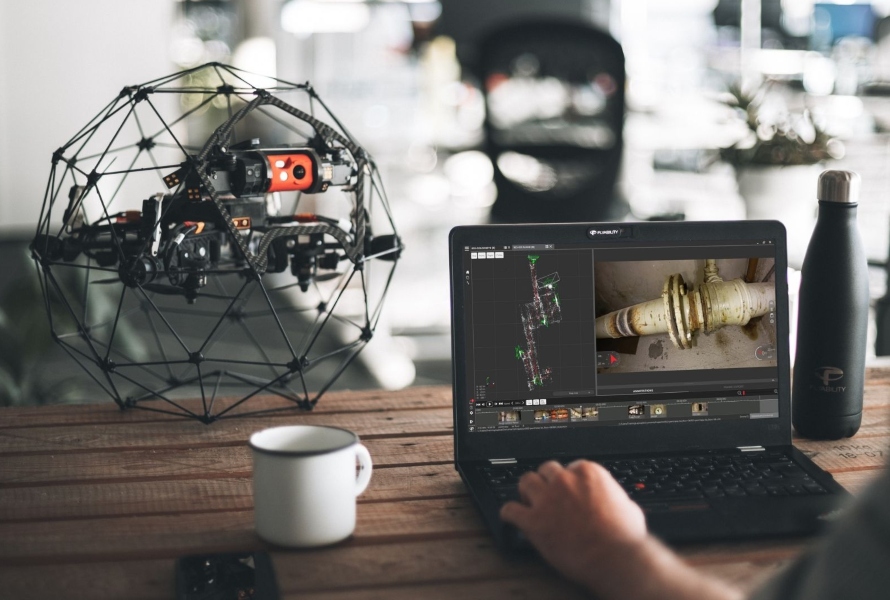The question of whether drones are intrinsically safe is one of the first that comes to the mind of Oil & Gas and Chemical professionals.
As the manufacturer of the world's first drone designed for indoor industrial inspection, we've had to answer this question countless times.
So far the answer is no.
But, does that prevent drones from being used in these industries? Here is a complete answer to that complex question.
Who’s Asking This Question, and Why?
"Are drones intrinsically safe?"
The question is definitely the first one that comes to the mind of professionals concerned with performing visual inspections and maintenance in environments that are subject to hazardous materials.
The second question is often, “Are there or will there be ATEX/ EEx compliant drones?”
Oil, gas, and chemical facilities store gasoline, natural gas, and other highly flammable and hazardous substances in containers such as pressure vessels and storage tanks. These assets must undergo visual and maintenance inspections without jeopardizing safety onsite. The same applies to power plants and other critical infrastructure facilities.
However, even if an intrinsically safe drone does not exist, it does not prevent drones from being applied for visual inspection in the oil, gas, and chemical industries.
To properly cover the topic of the intrinsically safe drone, let's start by looking at what it takes to build a real intrinsically safe drone. Then we will look at solutions to mitigate risks and use drones where we would naturally not use them. Finally, we will look at the benefits of using drones despite risk mitigation procedures.
What does it take to build an intrinsically safe drone?
To start, it is important to explain what intrinsic safety means in the first place.
Intrinsic safety is a design approach that ensures safe operation of electrical equipment in hazardous areas by limiting the energy—electrical and thermal—that could ignite an explosive atmosphere.
It is also important to define the level of intrinsic safety that must be accomplished.
Different standards are used around the world to regulate the use of electronic equipment in an explosive atmosphere. Standards differ in nomenclature and specificities, but all agree that past a certain concentration of hazardous material and a certain probability of being in the presence of hazardous materials, electronic equipment must present certain characteristics to mitigate the risk of an explosion. This is the level of intrinsic safety we are talking about.
[Related read: What Is the Hierarchy of Control?]
Perhaps most importantly, an intrinsically safe device must not generate sparks or static charge. To achieve that, different techniques are used: oil immersion, powder filling, encapsulation, or purge and pressurization. Furthermore, the surface temperature of an intrinsically safe device must not exceed 25°C (77°F).
Should an explosion occur within the device, its structure must be able to contain the blast and guarantee that no hot gas, hot parts, flames, or sparks are released into the explosive environment. As a consequence, intrinsically safe devices are usually around ten times heavier than their non-intrinsically safe counterparts.
Drones and Intrinsically Safe Characteristics
Commercially available drones do not yet meet these standards. In fact, they have every characteristic of dangerous equipment to fly in an explosive environment:
- Drones contain batteries, motors, and potentially LEDs that can get very hot when in operation.
- Drones have high-speed rotating propellers that can generate sparks and static charges.
- Propellers are mounted on brushless motors exposed to the environment for cooling, which contribute to static generation.
- Drones designed to fly indoors emit light that can generate heat over the 25°C maximum.
- Drones must be light enough to fly, making them considerably lighter than intrinsically safe devices.
Considering all these constraints, until we discover how to compensate for gravity in a more efficient way than what is available today, a serious intrinsically safe drone won't be envisioned.
Why Is Intrinsic Safety the Wrong Answer to the Right Question?
In an explosive environment, no human can breathe and no machine can fly. Some robotic solutions, like robotic crawlers or remote controlled submersibles can, but they have a limited degree of autonomy.
However, human beings are very resourceful, and the limitations mentioned above have been overcome using different risk mitigation techniques.
While drones may not be fit to fly in an explosive atmosphere, there are risk mitigation techniques that can render the environment safe for drones.
Here are the three most common techniques used by inspectors today:
1. Cleaning and degassing
If human presence is required onsite, the go-to approach is to clean and degas the environment until there is no trace of explosives. The same approach can be used to prepare an environment for drone deployment too, of course.
2. Nitrogen purging
Another common approach that helps prevent explosions is to purge or inert enclosed spaces using nitrogen. The downside of this method is that humans cannot breathe in a nitrogen-treated atmosphere. A person entering the environment needs to wear protective gear, while also managing all the risks associated with confined space entry.
However, drones can fly in a nitrogen-rich environment, and with no risk of explosion whatsoever. Multiple tests have shown that this safe and simple solution can successfully enable drone flights in confined spaces containing hazardous materials. Nitrogen purging is regularly used by some of the world’s largest chemical companies, allowing them to use more powerful tools to conduct visual inspections—like drones.
3. Exceeding upper explosive limit
Technically, there is a third possible solution as well. A mixture of air and fuel that has exceeded its upper explosive limit is too “rich” to burn, thus eliminating the risk of an explosion. (However, we believe testing this method is dangerously unwise and wouldn’t encourage anyone to try it!)
How Do Drones Improve the Inspection Process?
In the vast majority of cases, risk mitigation measures like the ones above will only mildly impact drone lift, without any significant performance issues.
While it depends on the inspection being performed or a specific use case, when weighing the benefits of deploying drones versus humans, there are many factors that favor drones.
Here are the top ones.
1. Safety
First and foremost, consider the impact on safety. The effort of deploying drone technology at your worksite is worth the investment simply because you do not have to send humans in a confined space or a hazardous area to visually inspect an asset.
These include increased human and asset safety, cost savings due to reduced downtime and the elimination of scaffolding, and the ability to quickly and more frequently conduct remote visual inspections and other non-destructive testing (NDT) methods.
2. Speed
Drone inspections are incredibly time-effective. A properly trained inspector using remote-operated technology will be much more efficient and faster than if they were to perform the same inspection by physically entering the asset. Drones shorten the duration of an inspection by 50%-98% of the original time projected.
Depending on the asset, you may not even have to stop operations to conduct an inspection, like you would for a human entry. This can sometimes make a big difference in downtime.
3. Access
Drones can find issues that would be difficult or downright impossible during manual inspections, especially in areas that a person would find hard or impossible to reach.
4. Reducing
Finally, if the inspection indicates that human intervention is needed to make a repair, the data gathered can allow a maintenance manager to target only the areas that need repairs. The data intelligence provided by inspection drones makes them a powerful tool for an inspection team.
"Rather than scaffolding in the entire structure, you may only have to scaffold a single wall or a single location," – Richard Schutte, Viper Drones.
Are the Benefits of Drones Making Environment Mitigation more Popular?
Nitrogen purge systems and other kinds of mitigation techniques are used in pressurized environments in which people must enter to work.
Drones, and other remote visual inspection tools, are better suited than people to experience these environments, significantly reducing risk. They can be deployed into nitrogen-purged environments with minimal hassle, reducing the need for humans to enter purged, confined spaces in protective gear.
Robotic remote inspection tools have been providing inspectors with data in these environments, especially in tight spaces like pipelines, where crawlers are used for some inspections. For industries with hazardous areas, these kinds of mitigation techniques, coupled with RVIs like crawlers and drones, reduce the need for human entry —and its associated risks — for visual inspections.
Environmental mitigation also removes the need for ATEX certification and reduces the paperwork and bureaucracy required for the work, such as those mandated by OSHA concerning human entry in hazardous environments. All of these elements increase the appeal of drones for use by inspectors.





